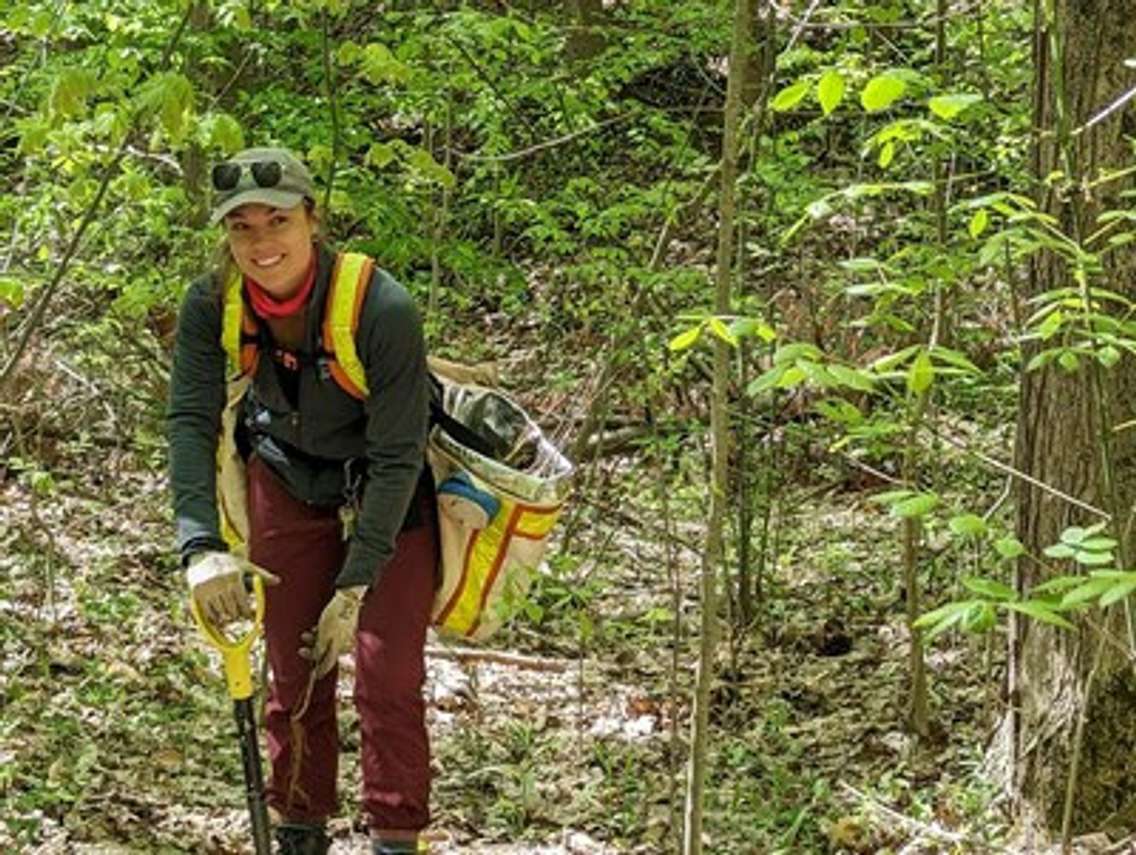Forests Ontario and its partners planted approximately 2.5 million trees across the province this season as part of its 50 Million Tree Program.
This brings the program's total to almost 40 million trees planted since 2007.
"As we continue to see the effects of climate change – including unprecedented wildfires across Canada and around the world – it is imperative that we do everything we can to combat it. This includes the creation of healthy, new forests as well as managing and improving the diversity and health of existing forests," said Jess Kaknevicius, chief executive officer of Forests Ontario.
The program has created more than 18,400 hectares of new forest on nearly 8,000 project sites, according to Forests Ontario. The organization added that creating new forests is one of the most effective, nature-based solutions in combating and mitigating climate change.
Some of the main benefits from the program include:
• Reducing soil erosion, improving water quality and stabilizing streambanks
• Enhancing farmland productivity, creating habitat and travel corridors for birds and wildlife and boosting biodiversity
• Expanding connectivity with adjacent woodlots and provide shelter from wind and snowdrift
• Increasing land value, enriching recreational activities, and improving the health and wellness of local communities
The 50 Million Tree Program significantly reduces the costs of tree planting, making increasing forest cover in communities easier and more affordable while ensuring the right trees are planted in the right place for the right reason.
There are several different types of planting projects supported by the 50 Million Tree Program, which include:
Afforestation: Planting trees on land without any previous tree cover (e.g., abandoned/marginal land) to increase forest cover, enhance connectivity with adjacent woodlots, create wildlife habitat and recreational opportunities.
Riparian Buffer: Planting trees along a watercourse, and or water features (e.g., wetland, pond, river, creek, seasonal streams, etc.) to help stabilize streambanks, shorelines, reduce soil erosion, and improve water quality.
Windbreak: Planting trees in rows along land boundaries to provide shelter from the wind and/or snowdrift, enhance farmland productivity, and create habitat and travel corridors for birds and wildlife.
Forest Restoration: Planting trees in the understory or open areas of an existing woodlot that has experienced stress or damage (e.g., windstorm or ice storm damage, wildfires, pests, invasive species, etc.) to improve forest health and enhance species diversity.
"We have worked hard to build strong relationships with partners who understand the transformative power of forests – to combat climate change, to clean our air and water, to support biodiversity, and to provide economic and recreational opportunities in our communities. We look forward to working with our partners, landowners, supporters, and all levels of government to plant even more trees in the coming years," Kaknevicius said.
Landowners who would like to take part in the 50 Million Tree Program need enough space to plant a minimum of 500 trees. This space should also have at least half an acre of open land or 1,000 metres for a windrow or riparian buffer planting.
Tree species planted will be native to the area and are based on the landowner's objectives for their property, as well as soil and site conditions.
Forests Ontario partners with professional tree planting organizations across Canada to do the physical planting. Partners include forestry consultants, conservation authorities, stewardship groups, and other forestry professionals.






